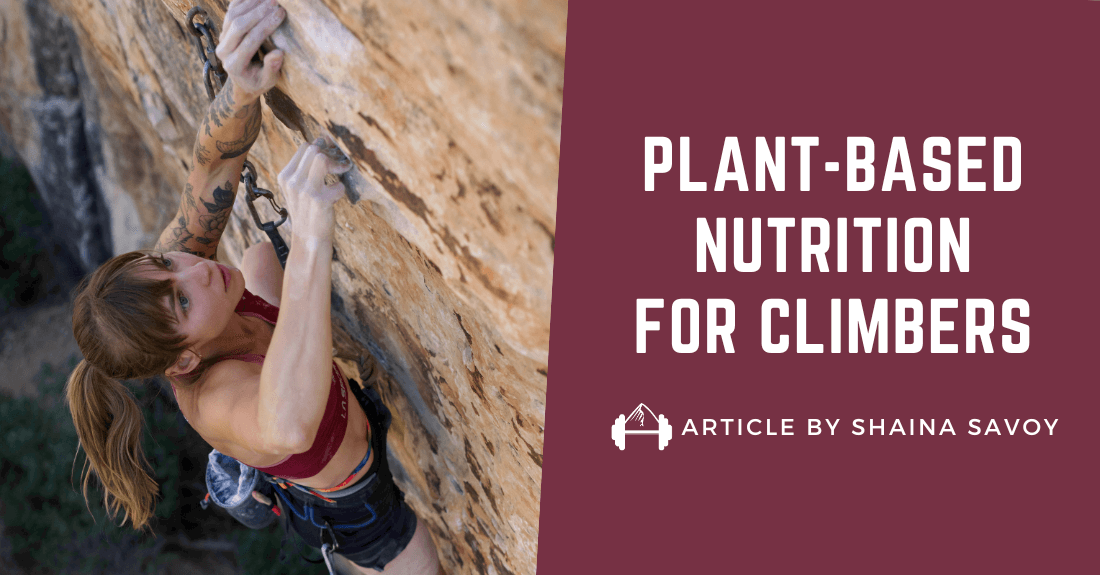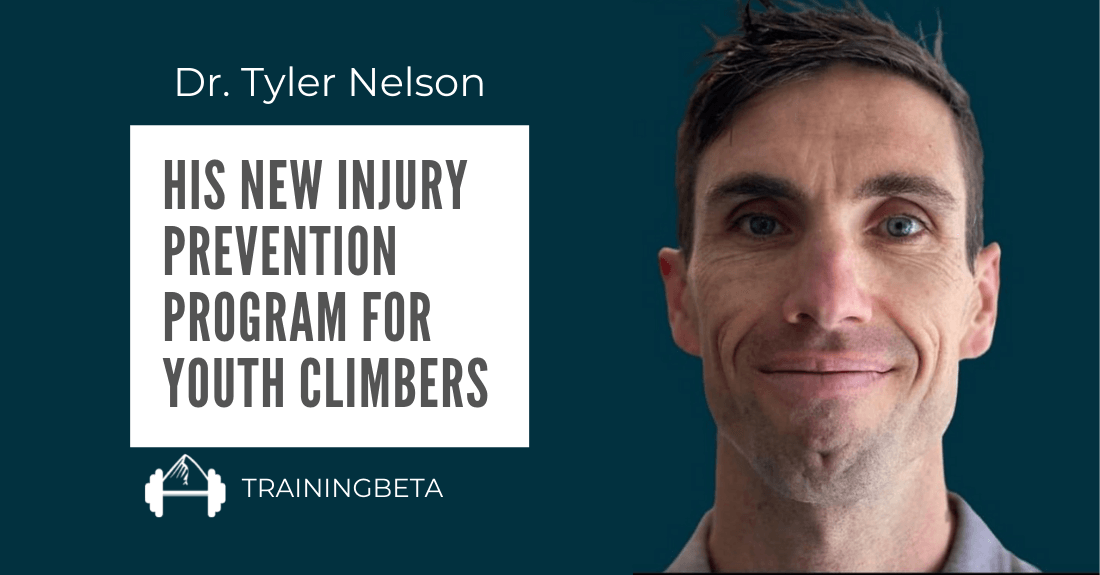No matter how strong you get, your skin will always be one of the limiting factors for how much you can climb and how many quality goes you can have on your project. While there is nothing that can be done to fully prevent your skin from growing thin during a long day of climbing, there are tactics that can be used to help you keep good skin and methods to help you heal your skin as quickly as possible when you do split or rip a flapper.
To help you with your rock climbing skin care, here’s an article from Climbing Magazine by long time climber and dermatologist Steve Hong all about how he has applied his knowledge from being a dermatologist to climbing skin care.
“Between hard sport climbing, a history of comp climbing, his experience on cracks and big walls, and a careeer as a dermatologist, Hong knows a thing or two about how to take care of your skin. He offers some sage advice on protecting one of your most valuable assets.” – James Lucas
Steve Hong Skin Care Tips:
In his article, Steve Hong first describes the steps he takes to help heal his skin once a cut or abrasion has occurred. Specifically, he covers his protocol for gobies, splits, and generally worn-down, pink skin. His advice is:
- To heal gobies or abrasions: effectively clean the area by gently washing with soap and water, then cover gobies with ointment and a bandage.
- Treat a split the same as gobies, but be sure to trim the dead skin on the edges of the split before covering.
- Grow skin for worn tips by keeping your skin clean and taking time off.
While a lot of this may seem like common sense, his emphasis on keeping your skin clean and covering any wounds with a bandage to act as an artificial scab are practices climbers often debate or simply ignore.
Steve Hong on How to Toughen Skin:
Beyond simply describing how to care for your skin once it is worn through, Hong also discusses ways you can be proactive about generally promoting the growth of tough, thick skin.
His main advice revolves around careful maintenance of your callouses through sanding with sandpaper or an emory board. The reason for this is that it allows you to keep the callouses on you finger tips smooth and prevent them from becoming too thick at which point they will tear.
Hong also touches on the use of Antihydral cream which “which blocks the eccrine sweat ducts and fixes dead tissue (like embalming fluid).” However, Hong is careful to note that it is very easy to over or misuse these creams which will result in disastrous splits.
Click through below to read the full article. Hong goes into even greater detail about the science behind all of these practices. Even if you already follow most of his advice, it’s always good to know why these practices work.
Full Articles: Steve Hong on Climbing Skin Care
(photo courtesy of @mineralpursuits)
Other Articles You Might Like:
- Rhino Skin Solutions Review
- Ultimate Rock Climbing Skin Care Handbook
- Secret Skin-Care Tips From Rock Climbing Pros
- Will Anglin – SKIN!





Leave A Comment